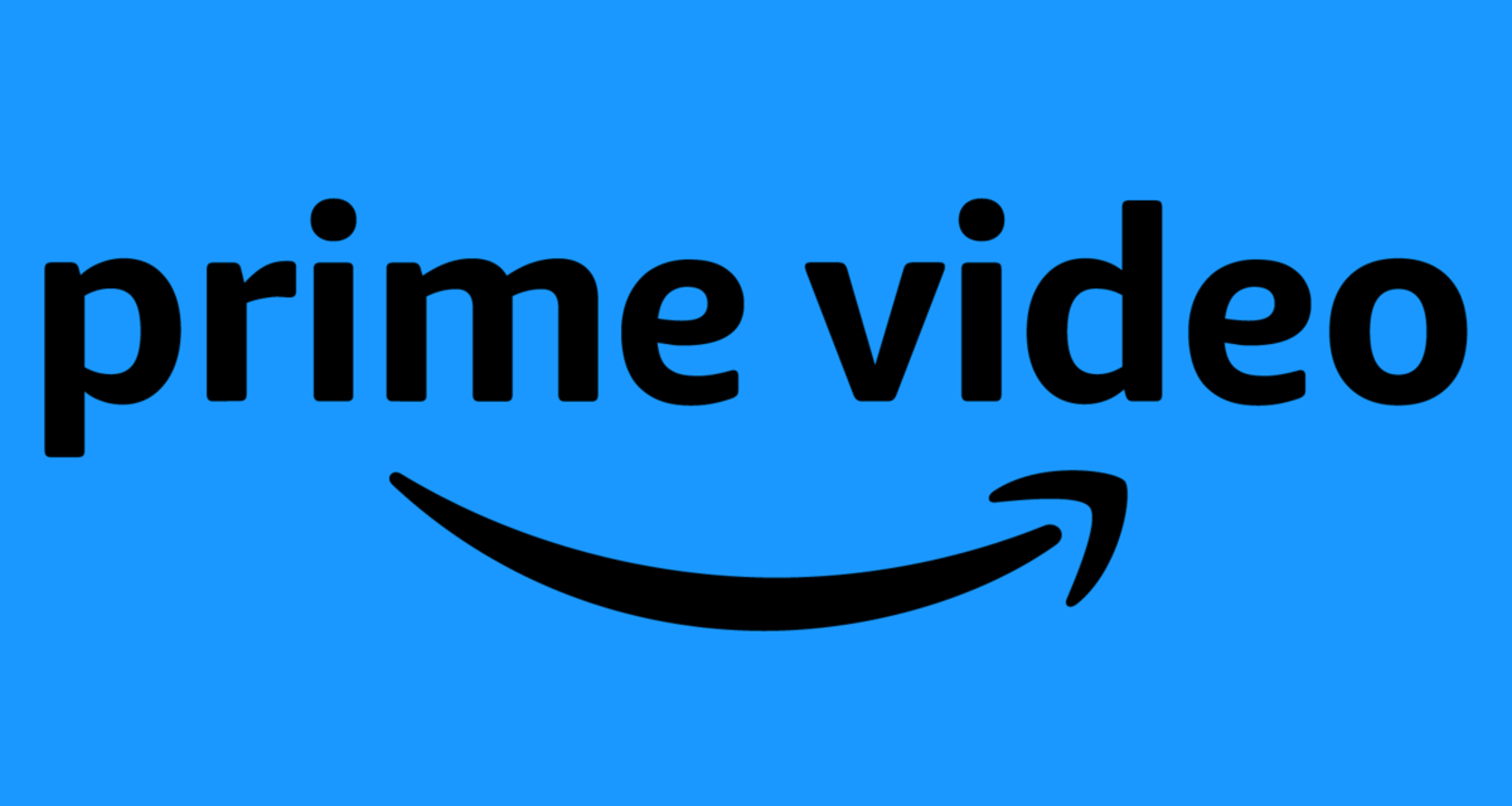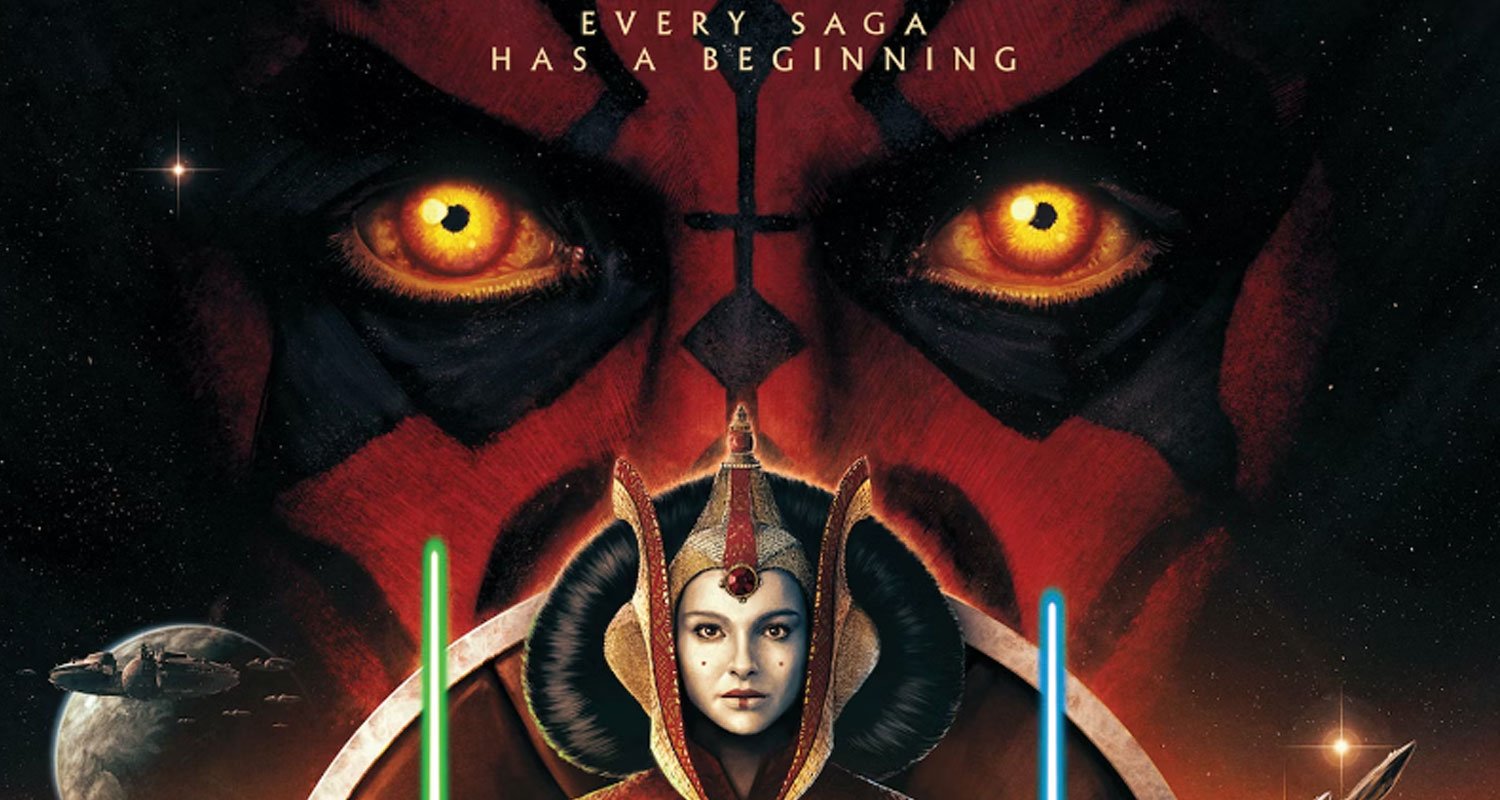Prime Video to Introduce Ads in Early 2024, Ad-Free Tier To Hike Price
Prime Video is the latest to join the sea of advertised streaming. The company announced on Friday that starting in early 2024 (specific date unknown at the moment) they will be featuring limited ads when watching content on Prime Video. Users who want to remove the ads will be charged an extra $2.99 every month.
Prime Video therefore joins Disney Plus, Max, Netflix, Hulu, Peacock, and more in the club of ad-supported direct-to-consumer services, with the difference that they are offering the ad-free tier at a higher rate than it was before it was implemented. Obviously, all three companies have either raised the prices or are expected to do so since introducing the new tier, but it’s not a good look right away for Prime. And there’s a lot to dissect here.
First of all, the division led by Jennifer Salke has been struggling greatly ever since the release of The Rings of Power to come up with a genuine hit. They thought they had a winner in the Richard Madden-Priyanka Chopra Jonas-led spy thriller Citadel, which they were hoping would start a trans-continental franchise with multiple spin-offs set in and made by countries all around the globe. But, despite the fact that the first spin-off is already in post (from Italy, starring Matilda De Angelis), another from India starring Varun Dhawan is on its way, and the platform has renewed the main show for a second season, which Joe Russo will direct in its entirety, the show failed miserably to captivate the audience’s interest and remains one of the biggest question marks in an extremely convoluted year in entertainment.
But that is as far as scripted content goes. However, Prime Video initiated recently a successful venture into sports, namely through NFL’s Thursday Night Football franchise, which is billed at $1 billion annually. As companies seek to abandon the linear TV model in favor of streaming, the rights for the NBA seem to be the next on the line. The current contract for NBA TV rights expires after the 2024-2025 season, and according to Bloomberg earlier this summer, the league is looking to cash in, doubling its fees to the networks and also interested in a dual model where traditional TV networks would broadcast the games along with streaming partners — Amazon, YouTube, and Apple are seen as very strong contenders here.
Of course, this move to ad-supported streaming is not made in a vacuum. Platforms are realizing that their customers are both used to dealing with ads, and are potentially interested in paying less and dealing with the annoyance of the occasional spot, and also collapsed the streaming market. The services are growing for the most part, but it’s a very slow-moving uptick which doesn’t quite justify the amount of spending they are doing. It’s a bubble about to burst, and they are interested in getting as much revenue out of it as possible.
Going no further, Disney revealed in a recent earnings call (via Puck News) that the average revenue per user went up from $7.14 to $7.31 “due to higher per-subscriber advertising revenue” in the US, despite the fact that they lost 300,000 subscribers in that territory. As far as the size of the ad-supported tiers in other streaming services, per Antenna: 17% of Netflix’s subscribers are on the ad tier, with 21% on Max, 31% on Paramount Plus, 36% on Disney Plus, 58% on Hulu, and 69% on Peacock.
But there is an even more interesting topic to discuss here, related to the still-ongoing (as of this posting) dual strike in Hollywood. One of the core issues that both actors and writers have been fighting about since the beginning is the issue of fair compensation when their shows or movies are a hit on streaming — this is currently not in place, as the services are paying for the lead actors’ backends up front, meaning that Chris Hemsworth got paid millions of dollars when she signed on to do Extraction 2 so that she then wouldn’t have to complain to Netflix when her movie was a hit. For this to happen, the talent would have to get an idea of exactly how many people are watching their projects; in other words, companies need to be transparent about their data.
And this is directly correlated to the issue of advertising. Ad companies typically like to know how many people are watching their ads, which means that companies will have to, at some point, disclose the data to them. This is how Nielsen came into play in the early days of linear TV, as a third party that would collect the data from the channels and feed it to the ad companies. (Nielsen is currently tracking streaming numbers as well, though they are obviously less reliable because they are not given direct access to the data.) It’s true that there are already so many services with ad-supported tiers, and studios are still keeping their viewership data as close to the vest as possible.
When services like Netflix or Disney Plus got into this game, ad sellers had their best chance yet to demand a look at the data, given they are the biggest platforms in town. But Prime Video is a different beast altogether — Salke’s platform may argue that they have over 200 million subscribers because they share the same base as the larger Amazon Prime service. Yet the fact that 200 million people across the globe have free-shipped toilet paper doesn’t mean they are watching A League of Their Own. Companies will likely want a closer look at exactly how many people are watching content on Prime Video, which may be the beginning of the end for the black box that is streaming viewership data.
Prime Video with ads will start in early 2024 in the US, United Kingdom, Germany, and Canada, with plans to expand to France, Italy, Spain, Mexico, and Australia later on.
Miguel Fernández is a Spanish student that has movies as his second passion in life. His favorite movie of all time is The Lord of the Rings, but he is also a huge Star Wars fan. However, fantasy movies are not his only cup of tea, as authors like Scorsese, Fincher, Kubrick or Hitchcock have been an obsession for him since he started to understand the language of filmmaking. He is that guy who will watch a black and white movie, just because it is in black and white.








